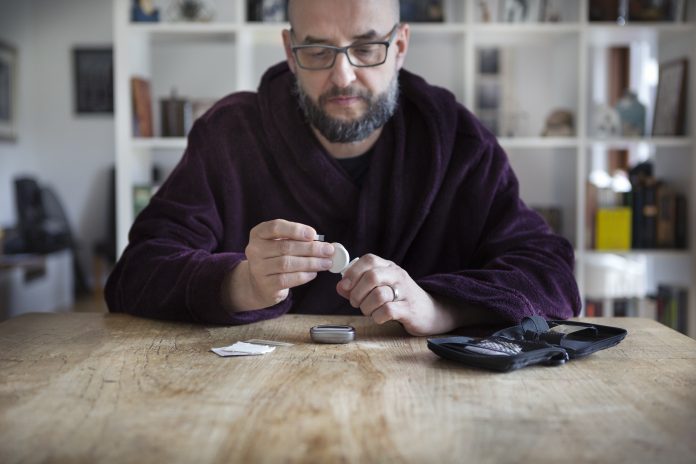January 12, 2023
1 min read
Source/Disclosures
Published by:
Disclosures:
The authors report no relevant financial disclosures.
A school-based nutrition, gardening and cooking intervention was associated with reductions in LDL and HbA1c in children who participated, researchers reported in JAMA Network Open.
The intervention did not affect levels of glucose, insulin, homeostatic model assessment of insulin resistance (HOMA-IR), total cholesterol, HDL, triglycerides or non-HDL, according to the researchers.

Data were derived from Davis JN, et al. JAMA Netw Open. 2023;doi:10.1001/jamanetworkopen.2022.50375.
In a cluster randomized trial, 16 low-income elementary schools with a mostly Hispanic population in the Austin, Texas, area were assigned to the Texas Sprouts intervention or to a control group with a delayed intervention.
The Texas Sprouts intervention lasted for one school year (9 months) and consisted of formation of garden leadership committees; creation of an 0.25 acre teaching garden; 18 gardening, cooking and nutrition lessons taught to students by trained educators; and nine monthly parent lessons. The schools assigned the delayed intervention received the intervention the year after the study.
“The Dietary Guidelines for Americans recommends 2.5 cups of vegetables per day for children 9 to 13 years old,” Adriana Pérez, PhD, professor of biostatistics and data science with the Michael & Susan Dell Center for Healthy Living at UTHealth Houston School of Public Health, said in a press release. “Texas Sprouts incorporates nutrition, gardening and cooking components that improved glucose control and reduced bad cholesterol in children.”
The study included 3,302 children, including 1,104 who gave a blood sample at baseline and 695 (mean age, 9 years; 44% boys; 69% Hispanic; 65% eligible for free or reduced lunch) who gave blood samples at baseline and 9 months and had complete demographic data; this served as the final analytic sample.
Compared with children from the control schools, children from the Texas Sprouts schools had a 0.02% reduction in HbA1c (95% CI, 0.03-0.14; P = .005) and a 6.4 mg/dL reduction in LDL (95% CI, 3.82-8.97; P = .048), according to the researchers.
There were no differences between the groups in changes in glucose, insulin, HOMA-IR, total cholesterol, HDL, triglycerides or non-HDL.
“Small increases in dietary fiber and vegetable intake, as well as reductions in added sugar intake, may have combined effects on lowering bad cholesterol and improving glucose control,” Pérez said in the release.










![Best Weight Loss Supplements [2022-23] New Reports!](https://technologytangle.com/wp-content/uploads/2022/12/p1-1170962-1670840878.png)




